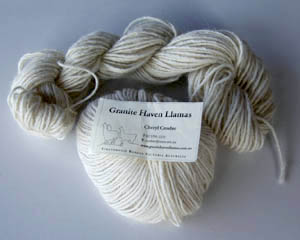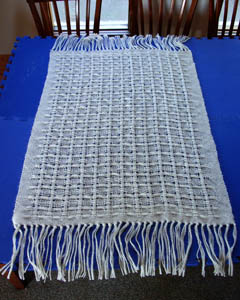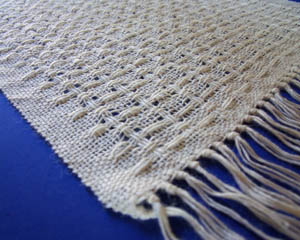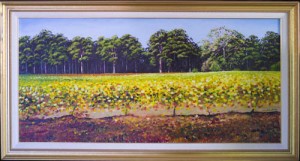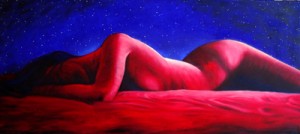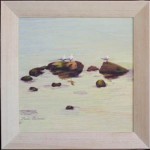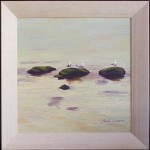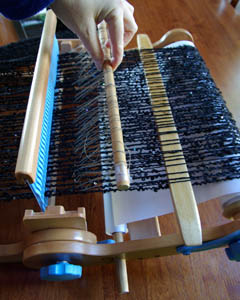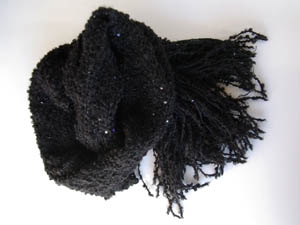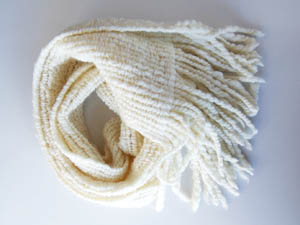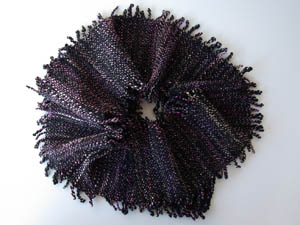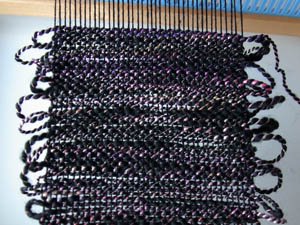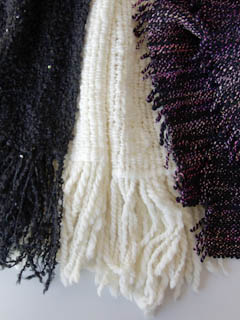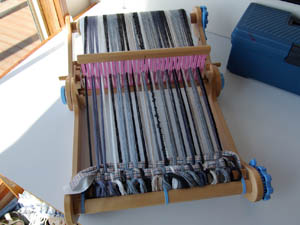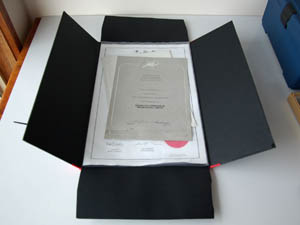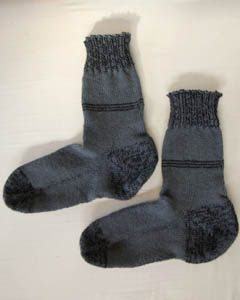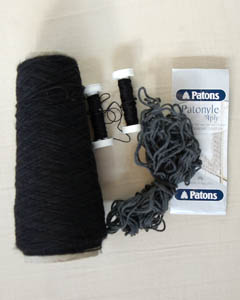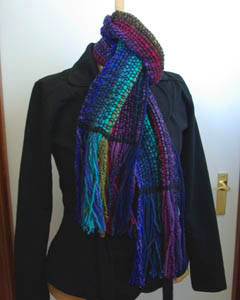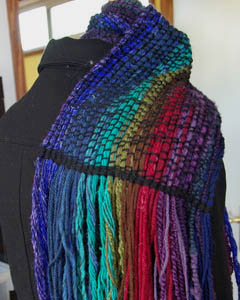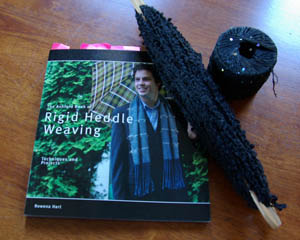When we got back from overseas we had a list of shows and exhibitions to see. Some we never got to before they finished, one we decided not to bother with, but we managed to get to see the rest – and one extra one recommended by a friend.

The Archibald Portrait Prize at Tarrawarra
We hadn’t been to the gallery before. It’s a nice one – worth the trip out of town. Though I was dragging Paul along to this, he got quite opinionated about the artwork. He didn’t like so many self-portraits (thinks it’s a bit vain and lazy). I pointed out that when you do a self portrait, the model is always available. That’s not the only difference between it and a portrait of someone else, of course, but when the sitter must be ‘known’ or ‘famous’ then it could be even harder to pin one down to sit for you.
It was interesting and varied, so some I liked and some I didn’t. The ones I didn’t… well, I have a little gripe going about how much fad there is in art and photography. Bokeh, tilt shift and polaroid filters were interesting when they first appeared, now I’m sick of the sight of them. Especially the latter. We’ve gone from too much Photoshop filter abuse to too much sentimentality filter abuse.
How does this relate to the Archibald? Well, there’s clearly a fad for graffiti inspired drippy paint going on in the art world at the moment. Those paintings won’t just look dated soon, they already are. Whereas I can forgive a painting that is trying to be different but doesn’t quite work, or isn’t trying to be different and works.
There were some great portraits in there. Many that were even better ‘in person’. I loved the winner, a portrait Margaret Olley, not so much the packing room winner. My favourite was Ray in Paris by Lucy Culliton, because I thought it had probably captured the personality of the sitter beautifully. I liked Hugo at home 2011 by Nicholas Harding for the painterly style and satisfying composition. And I was surprised to be so charmed by Mother (a portrait of Cate), by Del Kathryn Barton, whose work hadn’t impressed me when I saw it on Artscape.
American Dreams at the Bendigo Art Gallery
This one was Paul’s choice, and he probably got more out of it than me as he recognised most of the photographer’s names. The exhibit’s purpose was to show the development of photography and succeeded fairly well.
I had issues with the format, however. Lots of small photos in one line at eye level, so people lined up along the wall and stood very close to the photographs. You couldn’t look over slow viewer’s shoulders discretely, so you had no choice but to wait in line. I found myself wishing there were more photos above the eye line, so I had something to look at while I was waiting for the queue to move. But it was a small gripe. It was a great exhibition if you want to see the real, genuine photographs.
The exhibition is over now, but if you want to learn about the development of photography, watch The Genius of Photography documentary series (available from ABC shops, I think).
Eugene von Guérard: Nature Revealed & Vienna: Art & Design
Paul bought us National Gallery of Victoria memberships for my birthday last year and they came with a free double pass. I’d been saving this for the Eugene von Guérard exhibition. But when I saw on the @ngv_melbourne Twitter feed that the exhibition would be free to members for a day, I took advantage of that and used the free pass for the Vienne: Art & Design exhibition.
We saw the Vienna one first. I found it interesting and thought the Klimt paintings, which I’ve never been a big fan of, were beautiful in person. Eugene von Guérard has always been one of my favourite colonial landscape painters and though my taste in art has shifted more toward looser, more modern style I still admire the incredible realism in them, and how, despite that, he never lost a sense of overall drama and atmosphere.
Design: Made: Trade: at the Royal Exhibition Building
Beky of Pivotal Xpressions posted about seeing this on her blog. It turned out we were going to be in the area, so we popped in to have a look.
There was a curious mix of stallholders there, from the handcrafted to the manufactured. Some lovely craftmanship and a few cool design ideas. If the show was anything to go by, then furniture made from cardboard, laser cut anything and sculpture made from flat pieces slotted together are all the rage – or will be. We both loved the frilly, flame-like rusty iron sculptures by Warren Pickering of a small art factory.
–
This glut of exhibitions kept us busy for about a month. Now we appear to be in the middle of a month of social get-togethers. This is all a lot of fun, but I’m starting to crave some time for creative projects. Work deadlines are fast approaching, too, and I suspect by the time I get to October I’ll be working on weekends. So in the meantime I’m determined to get some crafty, arty time into the schedule.


